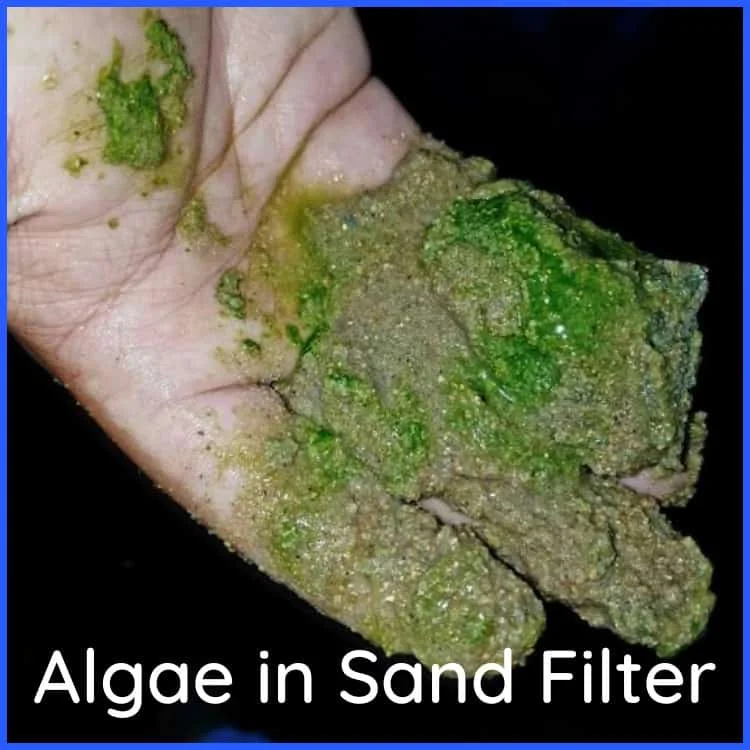Introduction to Algae in Sand Filters
Algae in sand filters is a common issue encountered in the field of water treatment. Sand filters, though efficient, can sometimes fall victim to the relentless growth of these aquatic microorganisms. Understanding the interaction between algae and sand filters is vital for maintaining the effectiveness of water treatment systems.

What Are Algae?
To understand the implications of algae in sand filters, a good place to start is to grasp what algae are. Algae are a diverse group of photosynthetic organisms that can be found in various aquatic environments. They range from the green algae that thrive in freshwater ponds to the red and brown algae that inhabit saltwater ecosystems. Algae rely on photosynthesis, converting sunlight into energy and oxygen.
The Role of Sand Filters in Water Treatment
Sand filters are indispensable components in water treatment systems. They act as a barrier, removing suspended solids, bacteria, and other contaminants from water. Whether in municipal water treatment plants, swimming pools, or industrial processes, sand filters ensure that the water supplied is clean and safe.
Algae Growth in Sand Filters
Algae find their way into sand filters due to their large presence in aquatic environments. The porous sand bed in these filters provides an ideal surface for algae to attach and propagate. This growth can compromise the filter’s efficiency and affect water quality.
Why Algae Can Be a Problem
While algae are a natural part of aquatic ecosystems, their presence in sand filters can result in various issues. Algae growth can clog the filter media, causing a reduction in flow rates, increased backwashing, and higher maintenance costs. Moreover, as algae decay, they release organic matter into the water, which may require additional treatment.
Negative Effects of Algae in Sand Filters
The negative impacts of algae in sand filters are manifold. Reduced flow rates can hamper the filter’s effectiveness. Increased backwashing to remove clogs leads to higher water and energy consumption. Moreover, the release of organic matter can demand more chemical treatment to maintain water quality.
How Algae Enters Sand Filters
Understanding how algae enter sand filters is crucial for effective prevention. Algae are introduced to the filter through the water source itself. They hitch a ride with the inflowing water and establish themselves within the sand bed.
Preventing Algae Growth in Sand Filters
Preventing algae growth in sand filters is a key aspect of filter maintenance. To maintain optimal filter performance, several methods can be employed.
Regular Maintenance
Regular maintenance, including backwashing, cleaning, and inspection of the filter bed, is essential to prevent and control algae buildup.
To learn more about backwashing your pool filter you can check out this video:
Chemical Treatments
Chemical treatments, such as the use of algaecides, can be employed to effectively control algae growth in sand filters. These chemicals target and eliminate algae, preserving filter efficiency.
Natural Remedies
For those seeking more eco-friendly options, natural remedies like barley straw or the introduction of beneficial bacteria can help inhibit algae growth in sand filters.
Benefits of Algae-Free Sand Filters
Maintaining algae-free sand filters offers a range of benefits. It ensures consistent water quality, prolongs the lifespan of filter media, and reduces maintenance costs. Algae-free sand filters operate at peak efficiency, providing clean and safe water.
Conclusion
In conclusion, algae in sand filters can pose challenges, but with the right preventive measures, their growth can be effectively controlled. Regular maintenance, chemical treatments, and natural remedies all play a vital role in ensuring the efficiency of sand filters and the purity of treated water.
Frequently Asked Questions (FAQs)
- Can algae in sand filters make water unsafe to drink? Algae in sand filters can impact water quality, but it doesn’t necessarily make water unsafe to drink. Proper treatment and maintenance can mitigate any issues.
- Do all types of sand filters face algae-related problems? Algae growth can be a concern in all sand filter types, but the severity of the problem can vary.
- Are there eco-friendly ways to prevent algae in sand filters? Yes, natural remedies like barley straw and beneficial bacteria are eco-friendly options for algae prevention.
- How often should sand filters be maintained to prevent algae growth? Regular maintenance, including backwashing and cleaning, should be performed according to the filter manufacturer’s recommendations.
- What are the long-term effects of algae growth in sand filters? If left uncontrolled, algae growth can lead to reduced filter efficiency, increased maintenance costs, and potential water quality issues.
- How can I tell if it’s algae or sand/pollen? Check out our article here comparing algae to sand, or check out our article here comparing algae to pollen.